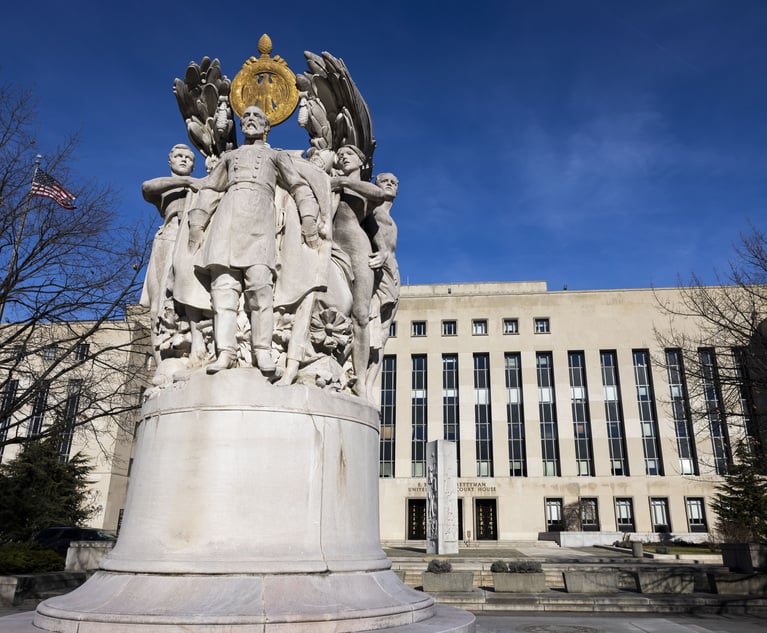After its examination, the federal team discovered the concrete was cast in a manner that rendered it susceptible to water infiltration, resulting in substantial corrosion of the steel reinforcement within. The report also said the placement of the rebar within the cast concrete slabs of the pool deck was done improperly, resulting in sections that lack the required strength.
Glenn R. Bell, an NCST investigator, reported the design of the structure did not meet the codes and standards applicable at the time of original construction.
“In the most severe of these understrength areas, the strength provided by the design is only about half of what’s required by codes and standards,” Bell said during Thursday’s presentation.
NIST deployed a team of scientists and engineers to collect firsthand information at the site the day after the collapse. Since then, NIST experts have been working with federal, state, and local authorities to identify and preserve materials and information that might be helpful in understanding why the collapse occurred. Their final report is not due for two more years.
This content has been archived. It is available through our partners, LexisNexis® and Bloomberg Law.
To view this content, please continue to their sites.
Not a Lexis Subscriber?
Subscribe Now
Not a Bloomberg Law Subscriber?
Subscribe Now
LexisNexis® and Bloomberg Law are third party online distributors of the broad collection of current and archived versions of ALM's legal news publications. LexisNexis® and Bloomberg Law customers are able to access and use ALM's content, including content from the National Law Journal, The American Lawyer, Legaltech News, The New York Law Journal, and Corporate Counsel, as well as other sources of legal information.
For questions call 1-877-256-2472 or contact us at [email protected]


 Aftermath of the Champlain Towers collapse this morning showing building rubble,Miami Beach, FL, USA – June 24, 2021. Credit: Felix Mizioznikov/Shutterstock.com
Aftermath of the Champlain Towers collapse this morning showing building rubble,Miami Beach, FL, USA – June 24, 2021. Credit: Felix Mizioznikov/Shutterstock.com





